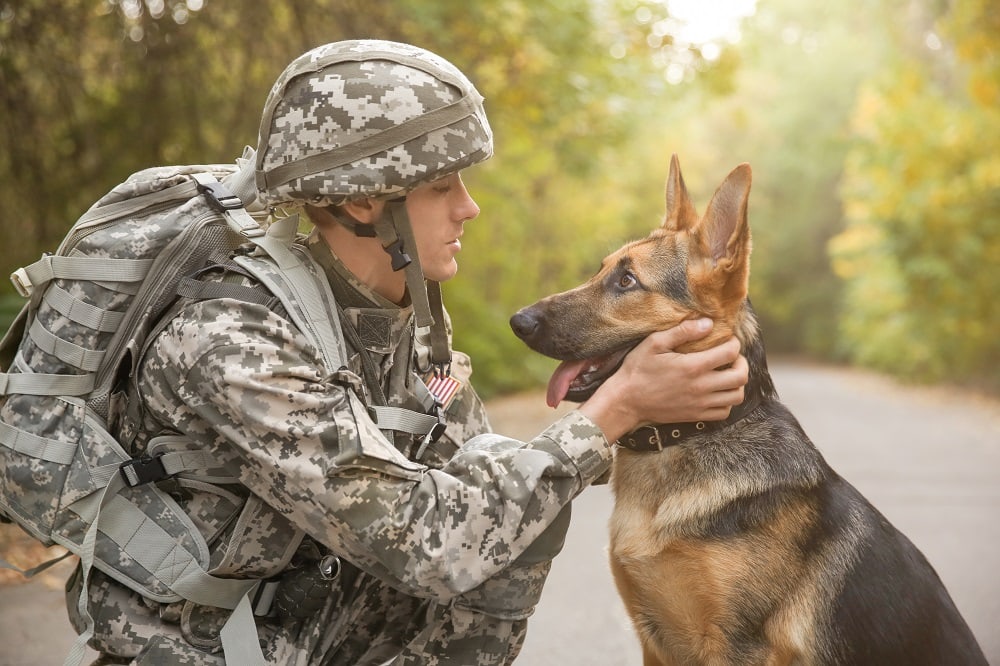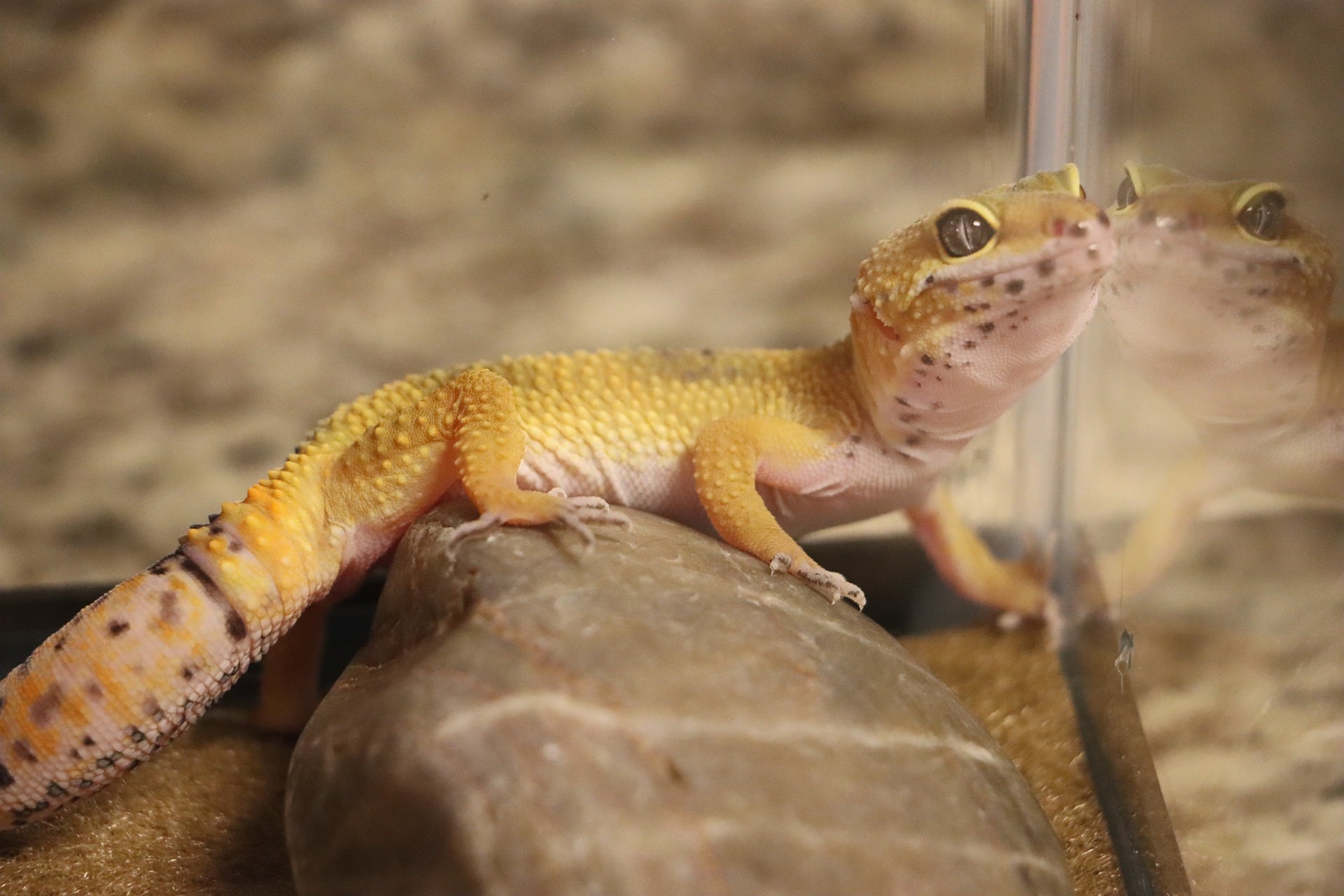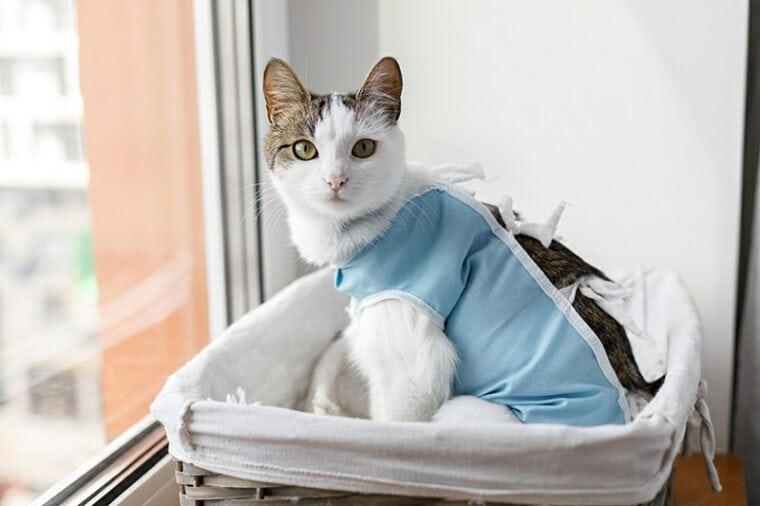
Being a pet owner comes with many responsibilities, including spaying and neutering. This subject may be controversial for some, but the reality is that failing to get a pet spayed can result in thousands of kittens and puppies being left without homes or ending up in shelters.
World Spay Day, last celebrated on February 28th, 2023, was created to bring awareness to the importance of sterilizing your pet. This annual campaign takes place on the fourth Tuesday in February every year, but your contribution can occur anytime throughout February.
What and When Is World Spay Day?
World Spay was founded by the Doris Day Animal League in the USA in 1994, and its objective is to create awareness around the overpopulation of pets due to them not being sterilized and to encourage pet owners to have their pets spayed or neutered to reduce the population of stray animals.
Numerous events around the world take place not only on World Spay Day to decrease the stray populations in neighborhoods and shelters.

 The 3 Reasons Why You Should Spay or Neuter Your Pet
The 3 Reasons Why You Should Spay or Neuter Your Pet
Approximately 6.3 million animals enter shelters every year in the United States1. Many of the strays may be attributed to unplanned litters that could have been prevented by spaying and neutering.
1. Overpopulation
Spaying or neutering your pet helps reduce the number of shelter animals and relieves the pressure on understaffed, underfunded facilities. Rates for euthanasia are highest in areas where options for sterilization aren’t available.

2. Reproduction Rates
Dogs can reproduce 15 times as fast as humans, while cats can reproduce 45 times as fast.
Unaltered females can go into heat at around 6 months of age and can stay in heat for approximately 6 days.
The heat cycle repeats on average every 3 weeks, and during this cycle, they can become very vocal, bleed, and may spray urine, which can be difficult on your cat and highly frustrating for you as an owner. Some cat parents do not realize their kitten can get pregnant at 6 months old and will even mate with a sibling.
3. Health Risks
There are other benefits to spaying your pets other than preventing pregnancy. Spaying your cat can also protect her against risks associated with pregnancy and can reduce her chances of developing cancer of the uterus or ovaries. And it’s not just for the females’ benefit.
Males that are neutered are less likely to end up in a fight with a stray that can cause serious injury and infection. Your house will also be protected from the stench of your male spraying to attract a potential female mate.
Like cats, spayed dogs are at reduced risk of developing certain cancers, as well as a fatal uterine infection known as pyometra. A neutered dog will also be less aggressive and territorial and less likely to mount everything they encounter!
In a study conducted with 2.2 million dogs and 460,000 cats, it was found that spayed female dogs lived 23% longer than neutered male dogs, and neutered male cats lived 62% longer while spayed female cats lived 39% longer2.

 How to Do Your Part for World Spay Day
How to Do Your Part for World Spay Day
You can get involved in World Spay Day to make a difference, whether you own a pet or not.
As a pet owner, you can get your pet spayed or neutered if you haven’t done so already. Some veterinary clinics offer discounts for spaying and neutering on World Spay Day, and February is a great time to get the job done.
You can learn more about the importance of spaying your pets to help spread awareness with your pet owner friends and through your social media platforms using the hashtag #SpayDayUSA. You can get involved in neighborhood and community programs that are targeted at feral or stray cats as well, or approach your community to create one in your town.
Consider coordinating with your local veterinary clinics to create awareness through a fundraiser or volunteer at a local clinic or shelter event. Even animal rights groups like PETA support animal sterilization and have established a hotline (1–800–248–SPAY) to assist you in locating the closest affordable spay and neuter clinic.
Spay and Neuter FAQ
What Is the Youngest I Can Spay or Neuter My Pet?
The youngest age for a dog is recommended at 6 months. They are a good size, trained, and the anesthesia is safe. For cats, there are three options. Early sterilization is done at 6–8 weeks, standard sterilization is done at 5–6 months, and the third option is to wait until after the first heat between 8–12 weeks.
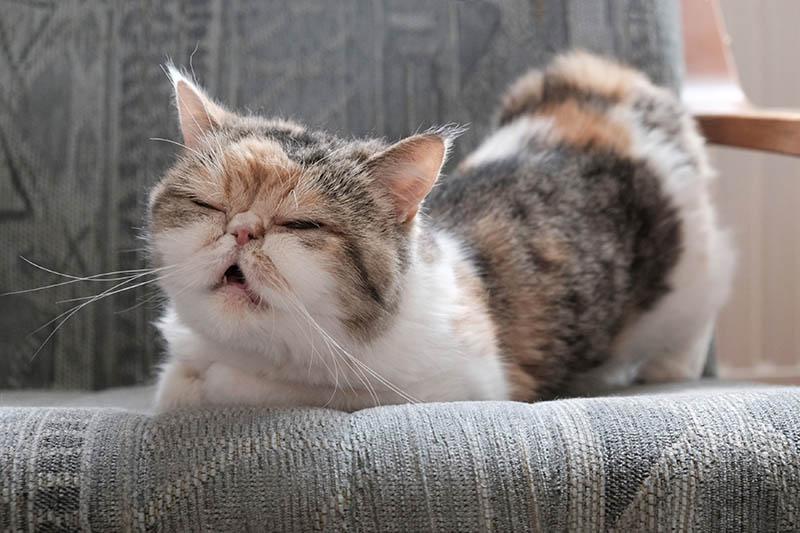
How Long Will My Pet Take to Recover?
Male pets will typically be able to go home on the same day of surgery but will take 7–14 days to fully recover. Females will generally stay overnight and will recover for a further 7–14 days at home.
Can a Nursing Mother Be Spayed?
It is usually best to wait to get your female pet spayed at least 2weeks after her milk has dried up and the litter has weaned. For puppies, this is usually at 4–5 weeks, and for kittens, it is at 5–6 weeks.
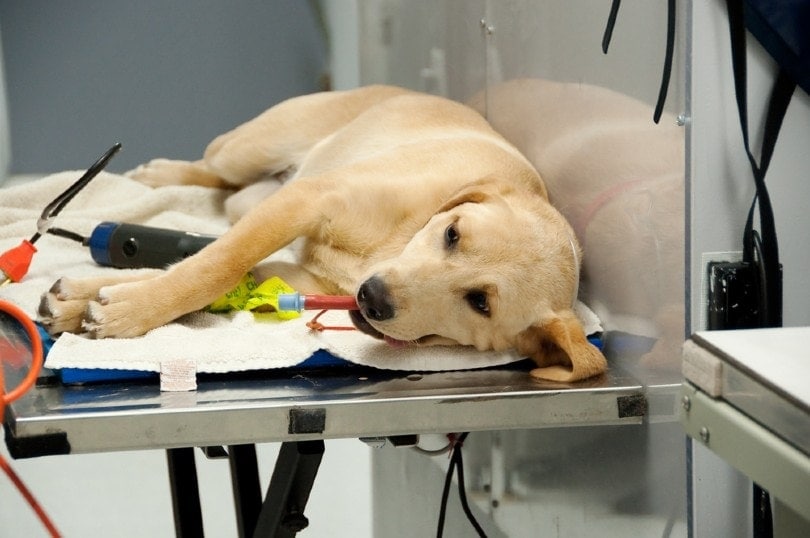
 Tips for Keeping Your Pet Healthy and Safe After Surgery
Tips for Keeping Your Pet Healthy and Safe After Surgery
After your pet has been spayed or neutered, it will need extra care and attention to keep them safe from complications. Here are some tips for keeping your pet safe and healthy:
Conclusion
World Spay Day takes place on the fourth Tuesday of February every year and is a campaign to create awareness about the overpopulation of pets due to not non-sterilization. It is also an opportunity to educate and encourage pet owners to have their dogs and cats spayed and neutered. There are various ways to get involved, but the most significant difference you can make is to create and spread awareness. By getting involved in World Spay Day, you can help save the lives of many pets.
Featured Image Credit: Bogdan Sonjachnyj, Shutterstock


 The 3 Reasons Why You Should Spay or Neuter Your Pet
The 3 Reasons Why You Should Spay or Neuter Your Pet


